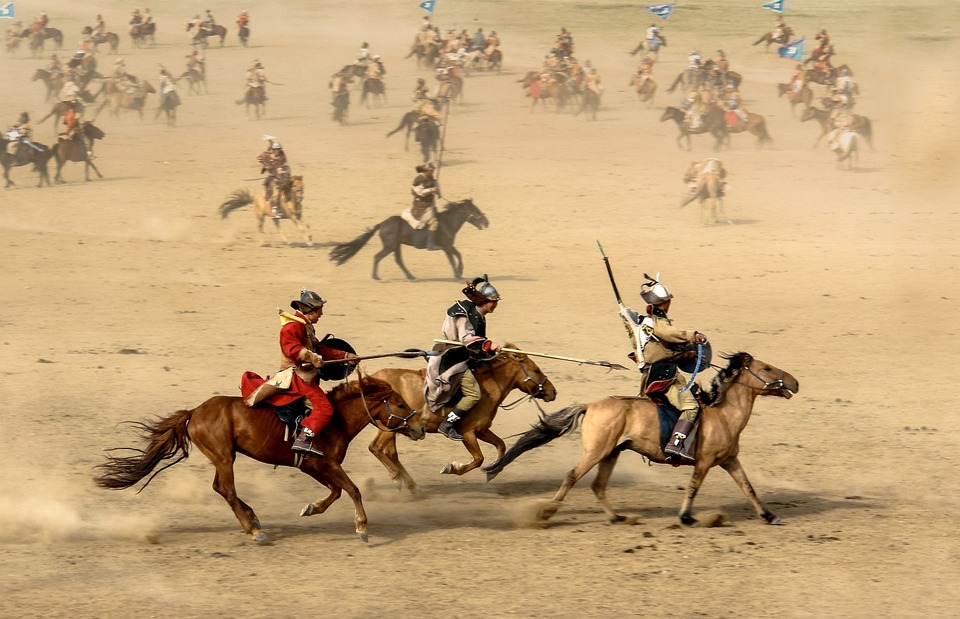Title: The Battle of Algorithms: A Tour of Social Media’s Eco System
Introduction
In today’s information age, social media platforms have become our virtual spheres of existence. These platforms, each with its unique features and algorithms, have taken upon themselves to represent and shape the world’s ecosystem. In this fascinating journey into the heart of these digital landscapes, let us explore the intricate dance between social media platforms and their users, where algorithms play the pivotal role. Our objective is to understand the impact these algorithms have on our virtual lives and decisions.
Unraveling the Mysteries of Social Media Algorithms
To a casual user, social media algorithms may seem like inscrutable magicians, producing endless streams of content tailored to their preferences. But these complex systems are actually designed to maximize a platform’s engagement, ensuring that users remain on the platform as long as possible. In an effort to maintain these high traffic levels, social media platforms exploit sophisticated algorithms to hunt down and deliver content that users will find most relevant and appealing.
The Social Media Ecosystem
There are numerous players within the social media ecosystem, combined with diverse algorithms that shape the digital environment in unique ways. Some of the largest platforms include Facebook, Instagram, Twitter, LinkedIn and TikTok among others, each with their individual policies and business models. Let’s take a tour of these different social media habitats and see how their respective algorithms shape our experiences.
Facebook: The World of Profiles and Connections
The algorithm on Facebook leverages user data, including likes, tags, comments, and view durations, to curate a personalized news feed. Apart from showing posts, posts with more engagement tend to appear higher in the user’s feed. Engagement can range from number of comments and likes to the type of content shown. This approach helps Facebook to keep users engaged and connected with their networks while generating revenue through targeted advertisements.
Instagram: A Photo-rich Storytelling Platform
Instagram’s algorithm depends more on user engagement such as likes, comments, and saved posts. Additionally, Instagram considers time spent on a post and accounts a user follows to determine the importance of posts in the feed. Tagging and mentioning other users also aid in increasing a post’s visibility. Instagram’s algorithmic curation leverages the strength of visual storytelling visually captivating audiences and driving user engagement.
Twitter: A Real-Time Broadcasting Channel
On the other hand, Twitter’s algorithm focuses on real-time conversation. It determines the content that appears based on a user’s relationship with other users and their interaction with tweets. Additionally, popularity, recency, and content format are also taken into account by the algorithm when sorting through tweets. This enables users to stay up-to-date on the latest information, news, and trends.
LinkedIn: The Professional Networking Platform
LinkedIn’s algorithm focuses on delivering relevant content from professional connections, posts that showcase your work, and personalized recommendations based on your background and interests. By using metrics such as recency, relationship strength, person’s interaction with the content, and tailored interests, LinkedIn’s algorithms ensure that the platform offers the right resources needed to build and enhance professional relationships.
TikTok: The Forward-Focused, Engaging Platform
TikTok, the emerging superstar of the social media ecosystem, uses a complex algorithm based primarily on user behavior. Their For your, a unique feature similar to Facebook’s “On This Day,” personalizes content based on user’s behavior and past app usage. By cataloguing and ranking users’ interests meticulously, the platform can recommend video clips that users will love to view.
FAQs
1. What is an algorithm?
An algorithm is a set of rules or processes followed by an entity, in this case, a social media platform, to achieve a particular goal or output. For social media, this could determine which posts you see in your feed, at what time, and in which order.
2. How do social media algorithms maintain user engagement?
Social media algorithms use a combination of metrics like length of time spent on a post, number of likes/comments, relationship strength with the user, and previous interactions to curate a personalized feed that users find appealing.
3. How do algorithms help social media platforms generate revenue?
Algorithms help to keep users engaged on platforms for longer periods, which are essential for attracting advertisers. The more engaging the content, the more likely users will click on paid ads, thus generating revenue for the platform.
4. Can we block social media algorithms from curating our feeds?
While some platforms, like Twitter and Facebook, offer the option to customize your algorithm or view recent posts, it’s impossible to completely block the algorithm since it’s designed to deliver personalized content invisibly in the background.
Conclusion
Social media algorithms are integral to large and critical arms of an already influential facet of modern society. As social creatures by nature, these algorithms help humanize our online experiences by providing personalized content that users find relevant. However, their role isn’t without controversy, and as we navigate these digital ecosystems, it becomes essential to understand and educate ourselves on the immense power these algorithms hold in shaping our social media lives in often subtle and complex ways.
Image Caption: As we traverse through the digital landscapes of social media, we encounter the battle of algorithms that curate our experiences, tailor our feeds and determine both the content we consume and the perspectives we engage with.



